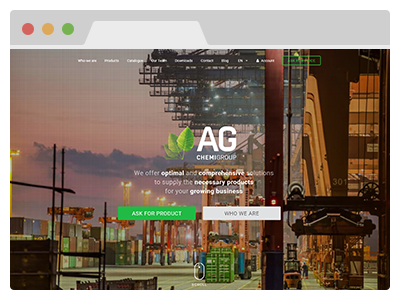Current techniques for waterproofing fabrics use coatings made of long-chain polymers. However, such complex polymers do not degrade easily, and so build up in the environment and even in human bodies, as a pollutant. As a result, the EPA and other governing bodies are looking at ways to restrict their use and are encouraging the coatings and chemical industries to find more environmentally-friendly alternatives.
In looking for one of these ‘greener’ alternatives, MiT researchers have found a method for waterproofing fabrics that is not only less harmful on the environment but is also a better at keeping fabrics dry.
As one of the study’s authors, associate professor of mechanical engineering Kripa Varanasi, observes, “Most fabrics that say ‘water-repellent’ are actually water-resistant. If you’re standing out in the rain, eventually water will get through.” Ultimately, “the goal is to be repellent — to have the drops just bounce back.”
For many years, researchers have been trying to use short-chain polymers as a more environmentally-friendly water-repellent for fabrics, but to date, they have not yet provided enough water repellency to compete with the more toxic long-chain polymers.
Worse still, is the fact that current technology applies water resistant coatings to fabrics in liquid form. After dipping the fabric into the coating, it is left to dry. But as the coating dries, it clogs the pores of the material, such that it no longer breathes as well as before. To counter this, the fabric has air blown through to open up the pores (which at the same time removes some of the waterproofing).
Now, a new technique has been found, as the MiT website explains, “What this MIT team did, was to combine two things: a shorter-chain polymer that, by itself, confers some hydrophobic properties and has been enhanced with some extra chemical processing; and a different coating process, called initiated chemical vapor deposition (iCVD).
Using the iCVD coating process, which does not involve any liquids and can be done at low temperature, produces a very thin, uniform coating that follows the contours of the fibers and does not lead to any clogging of the pores, thus eliminating the need for the second processing stage to reopen the pores. Then, an additional step, a kind of sandblasting of the surface, can be added as an optional process to increase the water repellency even more.”
“The biggest challenge was finding the sweet spot where performance, durability, and iCVD compatibility could work together and deliver the best performance,” says lead author, Dan Soto.
The study has now been published in the peer-review academic journal, Advanced Functional Materials. Where the study’s authors, including Soto, Varanasi, Asli Ugur, Taylor Farnham,& Karen Gleason state that, “In this work, an approach is developed that allows for iCVD deposition of durable, conformal short fluorinated polymers stabilized with a crosslinking agent. As a result, high hydrophobicity and low liquid adhesion are achieved simultaneously while maintaining initial substrate breathability.” Adding that, “In order to further enhance the dynamic water repellency performance, the chemical treatment is combined with micro-sandblasting, a process particularly suitable for fabrics—thus making this combined approach a suitable candidate to meet industrial needs.”
As well as outperforming traditional waterproofing coatings in the industry-standard ‘rain test’, the coating has performed well with a variety of liquids, including coffee, ketchup, sodium hydroxide, and various acids and bases.
The coating can be applied on all common types of fabric, such as cotton, silk, wool, and linen, and different weave patterns with those fabrics. The coating has even proven to be water-repellent on some non-fabric materials, such as paper, opening up numerous potential applications.
The new coating is also washable, surviving multiple washes, and has even passed abrasion tests of up to 10,000 repetitions without degrading. Such is the coating’s durability, that Varanasi claims that under severe abrasion, “the fiber will be damaged, but the coating will not.”
Currently, the coating is patent-pending, but the research team continues exploring ways to further refine and improve the process. However, the advantages of improved waterproofing, that is better for the environment at a time when regulators are considering limiting current long-chain polymer techniques is a clear business winner. Not only can this process change the manufacturing of rain coats and umbrellas, but also gives the chemical industry a public image boost in its drive towards finding safer, replacement chemicals.
As the study itself concludes, “This work paves the way for the development of environmentally friendly, highly repellent coatings for large volume production and the application of roll‐to‐roll coating techniques, and multi-functionalization of fabrics and wearable devices.”
Meanwhile, the chemical industry, including coatings manufacturers, chemical suppliers, and the entire $3 trillion garment industry is awaiting the team’s next step, and the possibility of up-scaling and industrial manufacturing.
Client Zone – Be in Touch with All the Important Information

Take the opportunity to register in our client zone to find complete product specifications and latest updates on our offers.
Client Zone Sign Up
Photo credit: cushionfactory, LeanTex, NewsMiT, YouTube & LordAbbett